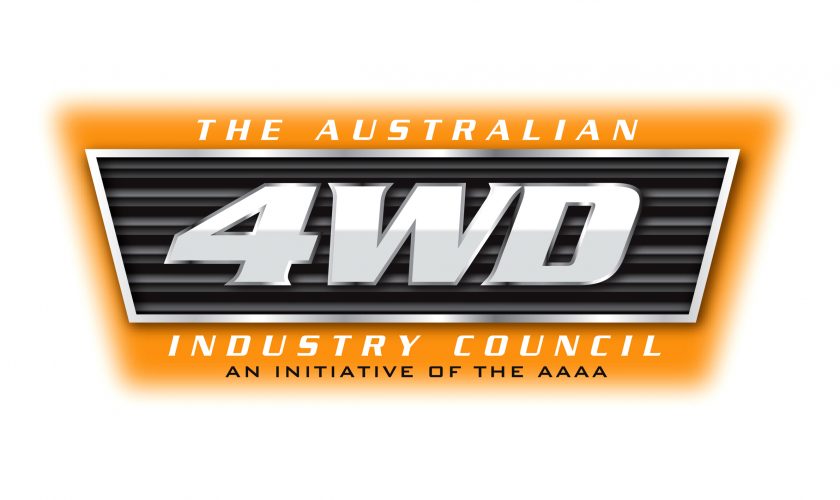
Bull Bars: Critical Safety Equipment not Fashion Accessories
The Australian 4 Wheel Drive Industry Council is concerned following a recent RACQ media release surrounding the fitment of bull bars, referencing Toyota Australia President David Buttner’s remarks that their bull bars are “fashion accessories” for vehicles.
Mr Buttner was quoted at the opening of the new Abcor Pty Ltd Melbourne plant that will produce about 12,000 steel bull bars a year for Toyota’s HiLux range.
Extensive research conducted by the 4WD Industry Council confirms that bull bars are predominately fitted on vehicles driven in regional and rural areas for occupant protection in the event of an animal strike.
A second and equally important rationale for bull bar fitment is to provide a platform to mount vital accessories for remote travel including electric winches, auxiliary lighting, communication equipment, recovery points and under vehicle protection panels.
The 4WD Drive Industry Council is a specialist section of the Australian Automotive Aftermarket Association.
Bull Bars Save Lives in Rural and Regional Australia
Bull bars serve a vital occupant protection role in vehicles operating in regional, rural and semi-rural environments. 4WD Industry Council research conducted in 2011 among 42,600 motorists showed a conservative estimate of the number of annual animal strike incidents experienced by respondents to be between 25,000 and 30,000 a year.
Animal strike risk was found to be highest in poor light conditions at dusk or at night, and kangaroos are estimated to account for between 70% and 85% of these incidents. The study also found that the likelihood of occupant injury following an animal strike injury to be about 30 times higher in a non-bull bar equipped vehicle.
“In addition to providing physical safety for vehicle occupants in a collision with an animal, the bull bar plays a critical role in reducing the likelihood of vehicle immobilisation in remote locations, which can also have adverse safety implications,” said AAAA Executive Director Stuart Charity.
“The Council research also revealed that up to 74% of people who have encountered an animal strike collision believed that if they had no bull bar fitted, they would have had to swerve or take other evasive action, which could have resulted in a far worse accident due to impact with other vehicles, trees or road side infrastructure.
“While manufacturers may offer opinion on their customer motivations in relation to the fitment of bull bars, vehicle aesthetics did not rate a mention as a motivating factor in our extensive research of Australian 4WD vehicle owners.
“The 4WD Industry Council encourages people who use their vehicles for travel in rural and regional Australia, to fit a bull bar that meets the Australian Standard. In addition to increasing occupant safety, this will ensure that the bull bar conforms to the integrated safety features of the vehicle and mitigate risks to other road users,” said Stuart Charity.
A copy of the 2011 4WD Industry Council bull bar survey report is available from Stuart Charity at execdir@aaaa.com.au.
